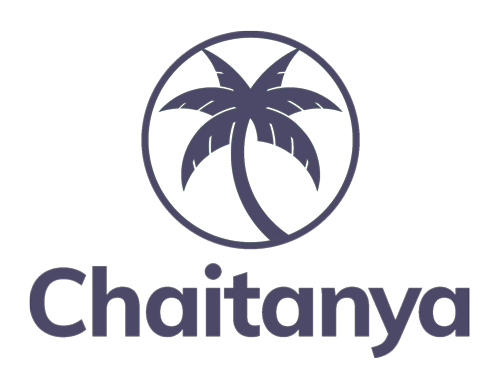January 17, 2024
Introduction
India has witnessed a remarkable transformation in its financial inclusion, by including and empowering women from all the rural parts of the country. Microfinance, in particular, has been offering all the necessary financial tools to women who were previously excluded from the banking sector. By offering loans and helping them establish their businesses, microfinance has successfully changed the lives of many women. As we move forward in 2024, the focus on women’s economic independence is becoming increasingly important. This resulted in improving their economic status and also promoted a sense of independence, and economic empowerment of women in India.
Key Schemes and Programs
Pradhan Mantri Jan Dhan Yojana (PMJDY)
This program is launched with only one objective “financial inclusion” for all. PMJDY played a vital role in bringing rural women into the financial mainstream. This program assisted women in opening bank accounts and ensured that they had access to various financial services.
MUDRA Yojana
The Micro Units Development and Refinance Agency (MUDRA), is one of the few financial institutions that were set up by the government of India to provide financial assistance to women entrepreneurs. This is done through 3 major categories – shishu, kishor, and tarun – the scheme offers loans at various stages of business development based on the needs of the women-led enterprises.
National Rural Livelihoods Mission (NRLM)
NRLM aims to empower women in rural areas by providing them with skill development, capacity building, and access to credit facilities. By promoting women’s self-help groups (SHGs), NRLM has created a network where financial resources are pooled and made available for entrepreneurial ventures.
Stand-Up India
This scheme was introduced to promote entrepreneurship among scheduled castes, and tribes of women by providing bank loans for setting up greenfield enterprises. This scheme allowed easy processing of secured loans and has paved the way for countless women today to bring their entrepreneurial dreams to real life.
Measures to Improve Financial Inclusion
While many significant strides, plans, and schemes have been made, there is always room for improvement. Private institutions like Chaitanya India Fin Credit Private Limited have taken many measures to enhance financial inclusion for women in India, especially in rural areas. The possible measures that can be implemented by the financial institutions to promote financial inclusion at a faster pace:
Digital Literacy Programs: Implementing digital literacy programs can enhance digital literacy among women, and this can bridge the gap between technology and financial services. This can also allow women to learn communicational things which can help them become successful entrepreneurs.
Customized Financial Products: Women face different problems compared to women, most rural women face problems even with basic necessities. Institutions should consider their unique financial goals and constraints to tailor products to suit their specific needs. Institutions should also consider providing flexible repayment options, lower interest rates, and special savings plans.
Community Engagement: Supporting community-based financial institutions and allowing the formation of more self-help groups can help in supporting women from remote areas. This will foster a sense of trust and collaboration, which in turn makes financial inclusion more effective.
Government and Private Sector Collaboration: A close collaboration between the government and private sectors can improve the impact of financial inclusion activities. By combining the resources and expertise of the government and private institutions, a more comprehensive and sustainable approach can be implemented. This will also allow the schemes and programs to reach an even wider population of women.
How can financial inclusion empower women to gain independence?
Financial inclusion is not just about providing access to banking services, it is giving women the necessary tools to shape their own future. Here is how financial inclusion contributes to economic independence for women:
Entrepreneurial Opportunities: By providing women access to credit and financial resources, they can establish and expand their own businesses. This spirit will also influence other women to start their businesses and contribute to the overall economic growth and also empower women as decision-makers and leaders in their community.
Education and Healthcare: Financial inclusion should enable women to invest in education and healthcare for themselves as they are the basic necessities to run their families. This will break the cycle of poverty and create a foundation for a healthier and more prosperous society or community.
Asset Building: By savings and investments, women can start building assets over time. This will also provide a safety net for themselves and their families.
All in all, as we move forward in 2024, the journey toward the economic empowerment of women in India is directly linked to the success of financial inclusion initiatives. The schemes and programs that have already been implemented have laid a solid foundation, but continuous efforts and constant innovation in programs and schemes are essential to proceed further and empower women across India. By promoting financial independence, we can uplift individual women and also contribute to the overall development and progress of the country.


